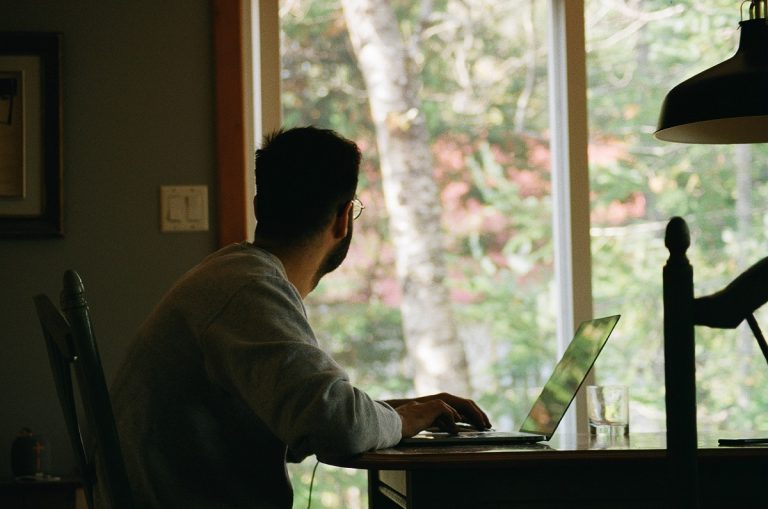The pandemic forced the world to go into lockdown. As the number of ill patients piles up, establishments had to shut their doors, and the public was asked to stay home for their own safety.
This has led to what experts have described as the biggest work-from-home experiment ever. Millions of adults from across multiple countries stopped going to the various workplaces. Instead, they did their work from their bedrooms, their living rooms, their kitchen, and even their cars.
The consensus of the global experiment on remote work is still unknown. However, the emergence of new virus variants that increase transmissibility, even among vaccinated, has extended the time that people have to spend indoors.
Moreover, as the pandemic starts to wind down, many people have expressed the desire to continue working from home in the future. The arrangement has become beneficial for many because they have the chance to save money, spend more time with their loved ones, and lower levels of stress.
The Rise of the Home Office
Because of the mass transition from office to home, the global market for home office furniture grew. The demand for personal computers and tablets rose significantly, causing shortages in some places. People bought chairs and tables, too, over the past year.
Experts believe that the demand will be sustained in the coming year. By the end of 2021, the home office furniture market is expected to grow by 9.09 percent to $64 billion. By 2025, the market will reach $81 billion.
There was also a huge demand in construction to build a space where people could do their work undisturbed at home.
From Office to Garden
One trend that started rising during the pandemic is the garden office. The idea is not new. It has been around way before the pandemic. However, because of the proliferation of remote work in 2020, it took off. People started investing in garden offices during the pandemic. It has appeared in Australia, Brazil, Japan, and many other places around the world.
A company from France that has been operating since 2013 told The New York Times that, during the pandemic, the number of requests for “studios de jardin” rose by almost 80 percent.
People can work from an ordinary room inside the house, and many do. However, an office garden offers a myriad of benefits. Most garden offices are separate from the house and provide a physical boundary between work life and personal life.

Planting for Productivity
But, the biggest draw of having a garden office is the view. They are specifically designed to contain and sustain plants or keep the greenery outside always within sight. The goal is to be closer to nature without being exposed to environmental elements or a litany of bugs.
Nature has been found to lower levels of stress and boost productivity.
Most garden room designs allow natural light to come in. A report by the Harvard Business Review found that access to natural light is one of the features that employees look for in a workplace. That is because sunlight offers a myriad of health benefits, including better sleep at night. While mostly safe, long-term exposure to artificial light has been discovered to cause elevated levels of stress.
A previous study from researchers from Australia, the Netherlands, and the United Kingdom examined three offices over several months. They found that the offices with greenery are more likely to have a higher workplace satisfaction rate among employees. Moreover, the presence of plants also heightened concentration levels, as reported by workers involved. By simply adorning an empty office space with indoor plants, companies improved productivity by 15 percent, the researchers shared.
Researchers from another study theorized that nature provides relief from the constant stimuli present in urban areas. When living in a city, there is pressure to urgently direct attention to distractions. A loud and bright video advertisement, for example, demands to be seen. Meanwhile, the ping of a new email or text message forces people to check their electronic devices.
In contrast, the natural environment demands attention, but not as much. They explain that the view of a green space “modestly” catches the eye. This process replenishes a person’s capacity to focus. So, after taking a nature walk or sitting in a green space, people can resume work with renewed energy.
Working from home grants employees the freedom to choose where they spend their every workday. They are no longer tethered to their office cubicles. They can work in peace in a garden office where nature is only within reach.



